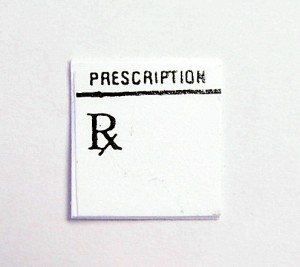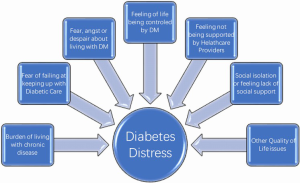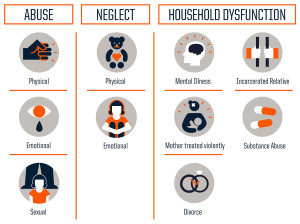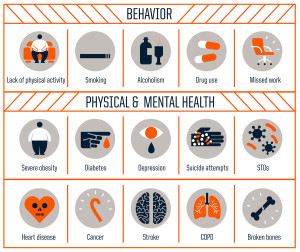“Religion, culture, beliefs, and ethnic customs can influence how people understand health concepts, how they take care of their health, and how they make decisions related to their health” (AHRQ). Health beliefs often overlap with cultural and religious beliefs, as well as customs. Sometimes health beliefs are the result of a lack of information.
Another *CRS Q/A Question was How do you quickly assess patients’ health beliefs?
The answer is to ask the person, What’s one thing that really bugs you about diabetes?
This acknowledges that diabetes isn’t easy and that you care about how they are doing with it. This simple question will also give you insight about what matters to the person, or what they believe about their health and health practices.
If you have diabetes and are struggling with aspects of your care, take a look at your own beliefs about your health. How are those beliefs affecting your daily management? What changes or adjustments can you make? Are you getting the help/support you need?


 *
* I can’t even imagine how hard it would be to work nights and still have a healthy lifestyle. I have worked two night shifts in my career and they were both torture. I admit I am not cut out for that life. I have the utmost respect for nurses and others who work nights, because someone has to do it, and they step up. Thank you!!
I can’t even imagine how hard it would be to work nights and still have a healthy lifestyle. I have worked two night shifts in my career and they were both torture. I admit I am not cut out for that life. I have the utmost respect for nurses and others who work nights, because someone has to do it, and they step up. Thank you!!

 I want to let everyone know about a wonderful resource. The
I want to let everyone know about a wonderful resource. The  In the exercise world, “bout” is often used to describe a period of exercise.
In the exercise world, “bout” is often used to describe a period of exercise.
